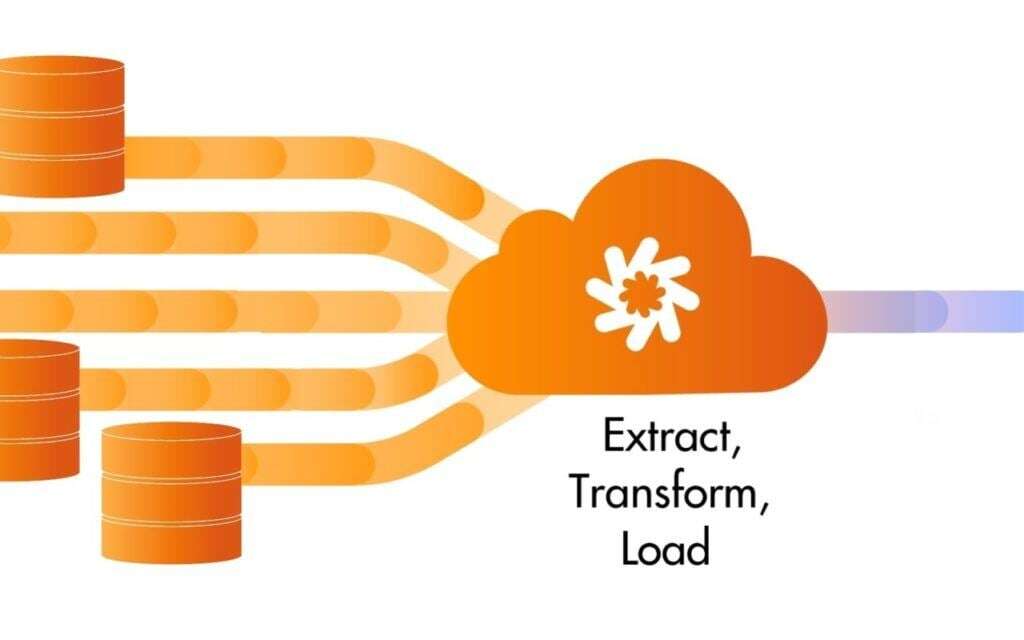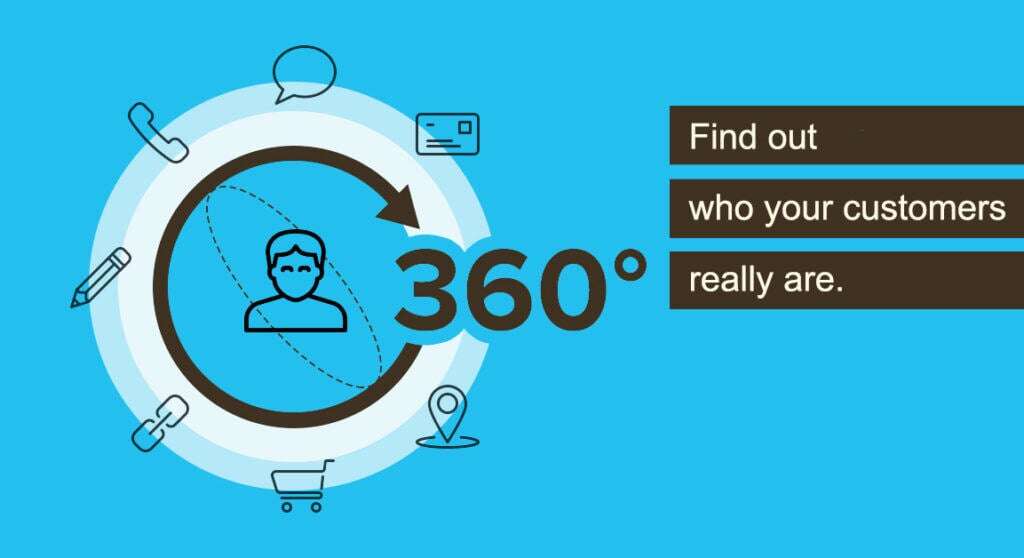How Well Do You Know Your Customers? Gain a 360-Degree Customer View
If you run a business that relies on customer loyalty, you know how important your customer data is. You may be running a customer relationship management (CRM) solution to keep track of your customers' experiences with your company. But in many cases, the separate elements of this data are kept in "silos" that make a unified analysis difficult---and they're limited in their scope. The digital transformation that companies are undergoing today allows for better methods. You can both clean up and expand the data around your customers by gaining a 360-degree customer view, creating much stronger marketing insights and development of tighter business strategy---and enable development of a more streamlined business workflow overall.
What is a 360-Degree View of Customers?
A 360-degree customer view links different data points together, both from in-house and third-party sources, and uses the connected elements to create a comprehensive single-pane-of-glass view of the customer. Essentially, one central viewing point allows for unified examination of all the different data types you're constantly collecting or have access to. This central viewing point results in a customer data platform (CDP). In contrast with a more traditional CRM model, which stores only the company's own firsthand data, a CDP makes use of multiple data sources procured both online and offline. It also differs from a data management platform (DMP), which only deals with third-party data. It provides the most comprehensive view of who your customers are and what they want.
Customer Data Platform: Combining Key Data Types, And Beyond
There are four data types that are typically measured with in-house data:
- Recency: How long ago was the customer's last transaction?
- Frequency: How many transactions have they made over their history with your company?
- Monetary: How much has this customer or household spent at your business?
- Tenure: How long have they been your customer?

Analysts often use these four values to create RFMT models (sometimes reduced to RFM, as tenure can be considered an aspect of frequency). When the four "silos" are merged through a CDP, redundant data can be purged, cleaning up your data bank. Moreover, a CDP isn't vendor-limited: it brings in third-party data which is relevant in broader ways, such as how a customer typically makes purchases in general (online, brick-and-mortar, telephone, etc.) and many other factors. It gives you more insight into who your customers really are, rather than restricting your view to the purchases they've made from you alone. A relatively flat customer display comes alive as a more complete, well-rounded view.
Tools for Creating a 360-Degree Customer View

This kind of data gathering and consolidating is generally done with ETL (Extract, Transform, and Load) processes. Data is extracted from various sources or linked live, transformed into a cleaner and more streamlined state, and loaded into a database. Once running, the three tasks can be done simultaneously. A couple examples of these ETL tools are Microsoft's Azure DataFactory or Redpoint DM. Dashboard live-query tools like PowerBI are also becoming a popular way for businesses to regulate this ETL-generated CDP data.
The Growing Role of Artificial Intelligence
ETL data integration and management has been used since the 1970s, but its potential is now widely expanding. With today's growing data and the increasing capacity to utilize it, Artificial Intelligence and Machine Learning are beginning to play vital roles in understanding much larger and diverse datasets, and uncover hidden relationships between sources. Both in business marketing and in other applications of growing need, there is simply so much more analytical capability when AI is employed. Machine Learning is now built into some CDP apps, and we can likely expect more to come.
Benefits of the 360-Degree Customer View

Using a CDP to create this integrated view has many marketing advantages. The broader view of your customers allows you to better predict what they are looking for and how you might adapt to meet those needs. It helps you target and gain other "look-alike" customers with similar preferences. Indeed, the ability to reach out to those who are looking for what you offer is advantageous to your customers as well. But the benefits don't stop at marketing. As business analyst Daniel Newman argues, a CDP can improve the workflow among IT, development, and operations teams too.
What's more, implementing such a platform isn't as costly or time-consuming as you may think, and it can often be integrated with the processes you're already using. There are even tools to easily check for accompanying considerations like privacy compliance.
Knowing your customers is the beginning of building lasting customer relationships and creating a customer-first culture. It's worth doing well.
Stay connected. Join the Infused Innovations email list!
Share this
You May Also Like
These Related Posts

Building Lasting Customer Relationships

Building a Customer-First Culture

No Comments Yet
Let us know what you think